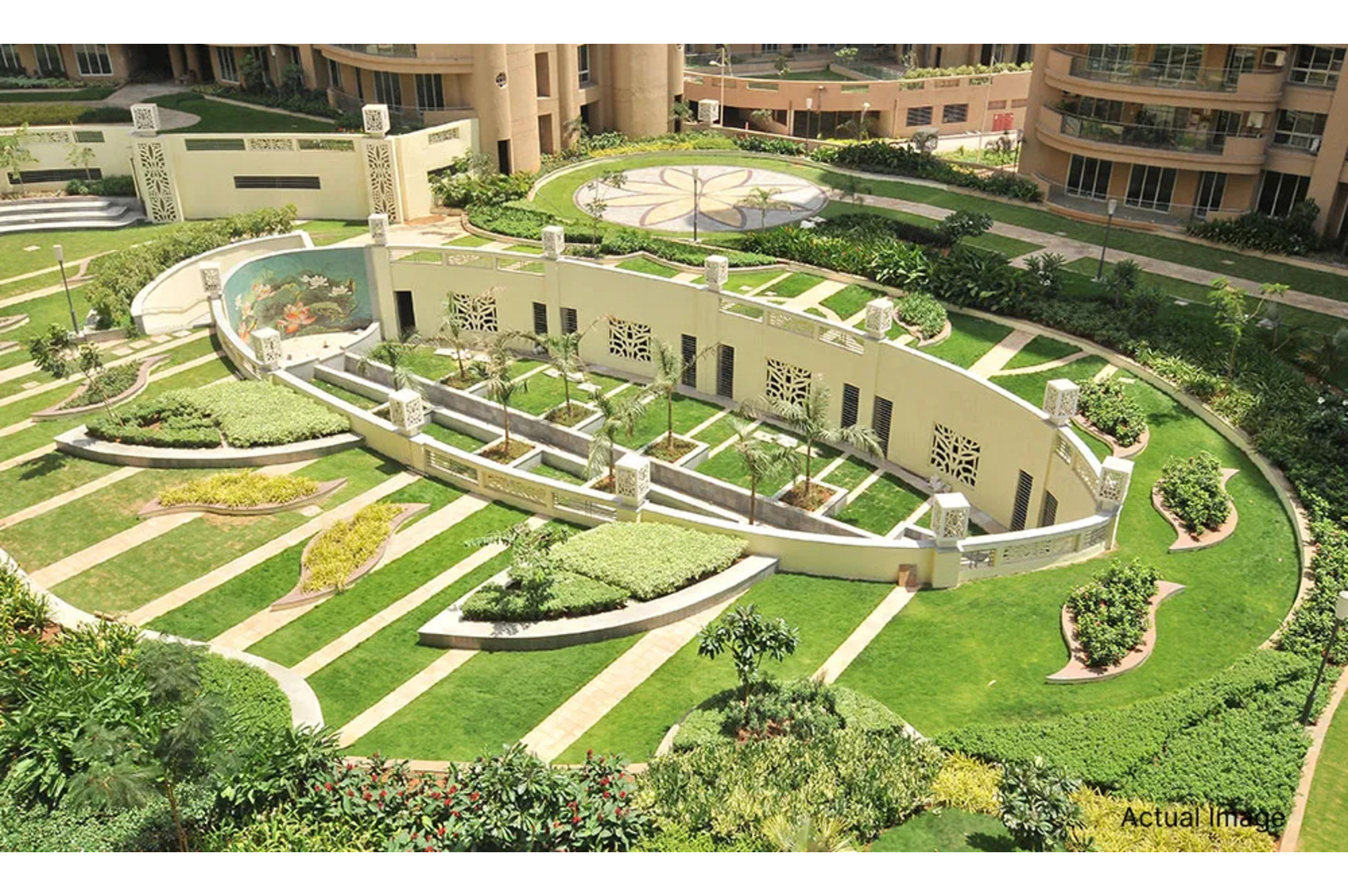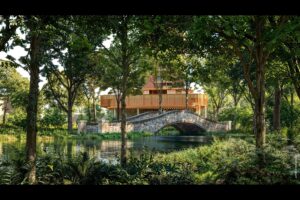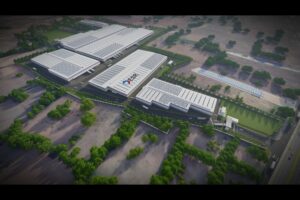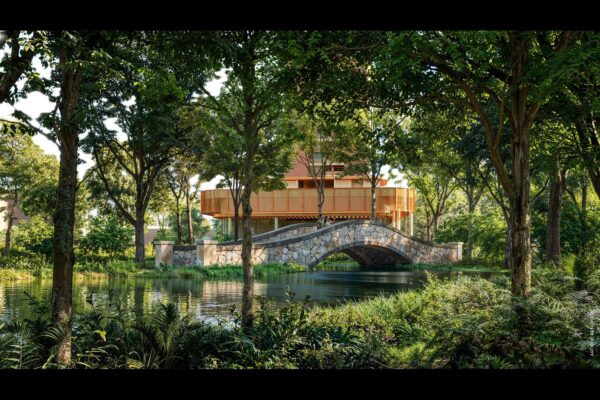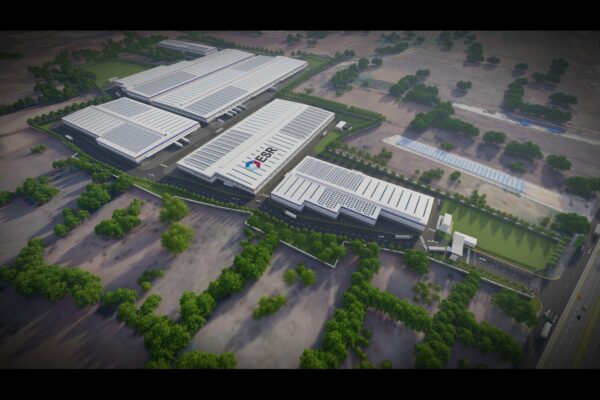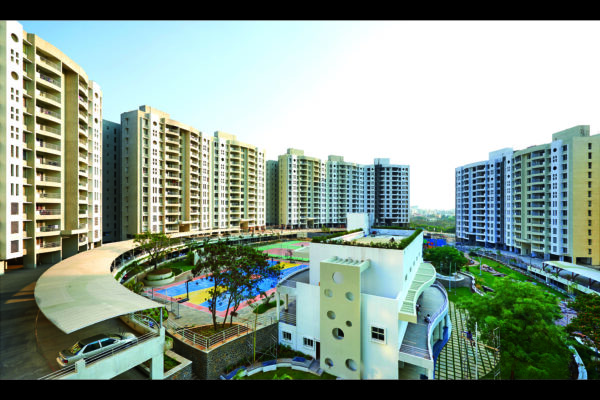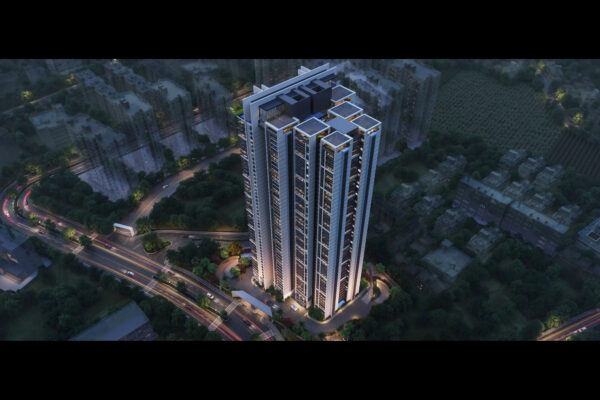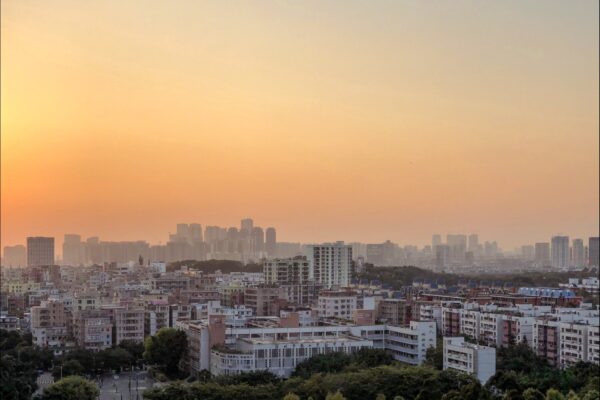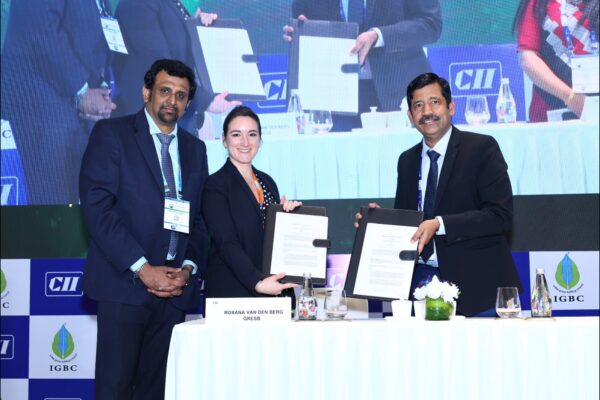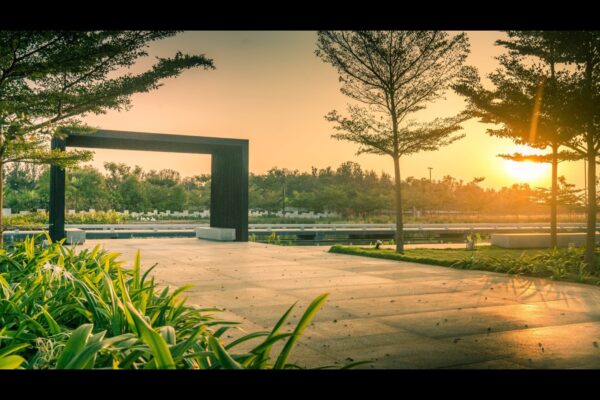Navigating environmental clearances: The impact on Mumbai’s real estate projects
by Manju Yagnik, Vice Chairperson of Nahar Group and Senior VP, NAREDCO, Maharashtra
Mumbai, the city of dreams, has always been in a state of perpetual transformation. Every skyline shift tells a story of ambition, resilience, and the pressures of urban living. But behind every new tower or township lies a far more complex journey one shaped not just by architectural vision or financial planning, but by a critical and often challenging process: environmental clearances.
For developers in Mumbai, environmental permissions are among the most crucial—and time-consuming milestones in a project’s lifecycle. And while the intent behind these clearances is rooted in protecting the city’s fragile ecosystem, the way the system operates often slows down progress, adds uncertainty, and impacts both housing supply and affordability.
Authorization of the projects
Before the first foundation is laid, developers must secure a series of environmental permissions from various authorities, including the State Environment Impact Assessment Authority (SEIAA), the Pollution Control Board, and often the Ministry of Environment, Forest and Climate Change (MoEFCC). These involve extensive paperwork, impact assessments, hearings, and inter-departmental no-objection certificates.
It’s not just about filing documents—it’s about aligning a project’s vision with a deeply intricate set of rules that are frequently updated and, at times, open to interpretation. What constitutes a “built-up area”? What can be the implications when the construction is near to the coastal zones, mangroves, or forested patches? These questions can sometimes leave even seasoned developers in limbo.
Delays that ripple outward
The real challenge, however, isn’t just compliance, it’s time. Environmental clearances can take anywhere between a few months to over a year, depending on the project size, location, and regulatory overlaps. Each delay increases the financial burden on developers and has a ripple effect on homebuyers, who face prolonged waiting periods and sometimes higher costs due to delayed construction and shifting project timelines.
A few months’ delay in permissions could lead to a year’s delay in project delivery. For many middle-income homebuyers juggling EMIs and rent, this wait becomes more than just inconvenient—it’s financially and emotionally exhausting.
The ambiguity factor
What complicates matters further is the lack of consistency in how rules are applied. Projects often receive preliminary approvals, only to be stalled by minor changes in guidelines or reinterpretations by another department. Developers find themselves revisiting designs, submitting fresh reports, or undergoing additional site assessments—each step adding more time and uncertainty.
It’s not resistance to regulation that’s the issue—most in the real estate space accept the importance of responsible development. It’s the opacity and unpredictability of the process that leaves even well-intentioned projects vulnerable to setbacks.
Townships: A smarter way forward
In this landscape of procedural hurdles and rising urban density, integrated townships have quietly emerged as a solution that benefits not just developers, but also residents and city planners. Built over larger land parcels and designed to include residential units, schools, healthcare, retail, and recreational zones within one ecosystem, townships offer a holistic approach to urban living.
What sets them apart is their ability to reduce pressure on the city’s already strained infrastructure. With internal roads, water management systems, and even their own green zones, these self-contained spaces are often easier to regulate—and easier to approve—since they meet multiple urban planning goals in one framework.
For a city like Mumbai, where space is scarce and population density is among the highest in the world, townships provide a way to balance growth with order. They offer residents more than just a flat—they offer a lifestyle, a community, and often a better quality of life.
Open spaces as urban necessity
One of the biggest benefits of township planning is the integration of green, open spaces—something that is rapidly vanishing from the city’s standalone residential projects. Parks, walkways, courtyards, and community gardens are not just aesthetic features; they’re essential buffers that support physical and mental well-being.
Development Control Regulations in Mumbai mandate a certain percentage of land to be left open or green. But while standalone buildings often struggle to meet these standards, large townships can go well beyond them—offering spacious, well-planned recreational zones that align better with environmental norms.
From a regulatory standpoint, these green buffers play a key role. They aid in managing air quality, improving biodiversity, and maintaining natural drainage patterns—all of which are areas closely scrutinized during the clearance process.
Mumbai’s unique geography brings added pressure
Mumbai’s location—wedged between the sea and a network of creeks, mangroves, and hills—means that most real estate projects here must pass through not just one, but multiple environmental filters. Coastal Regulation Zones (CRZ), flood-prone areas, and eco-sensitive regions each come with their own set of restrictions and clearance authorities.
A single project might need nods from the Maharashtra Coastal Zone Management Authority (MCZMA), forest departments, municipal corporations, and the pollution board. And if there’s any mismatch between these departments’ expectations or documentation requirements, the project is effectively paused until it’s resolved.
A system that needs streamlining
While the intention behind these layered approvals is noble, the process could benefit greatly from streamlining. Many in the industry have called for a more predictable, time-bound framework—one that doesn’t compromise on ecological concerns but also doesn’t burden developers with avoidable delays.
Single-window clearance systems, digital submissions, and standardization of assessment criteria are steps in the right direction, but their impact is often limited by ground-level implementation challenges.
At the heart of it, environmental clearances are not just about regulation—they’re about responsibility. And that responsibility doesn’t rest with the government alone. Developers, too, must think long-term—about the spaces they build, the communities they shape, and the legacy they leave behind.
Projects that embrace this philosophy—by offering more green cover, prioritizing community well-being, and planning holistically—are the ones most likely to align with regulatory expectations and public trust. Mumbai may be a city of complexities, but with the right vision and collaboration, it can also be a city that builds smarter, greener, and better—not just faster.
Tags

